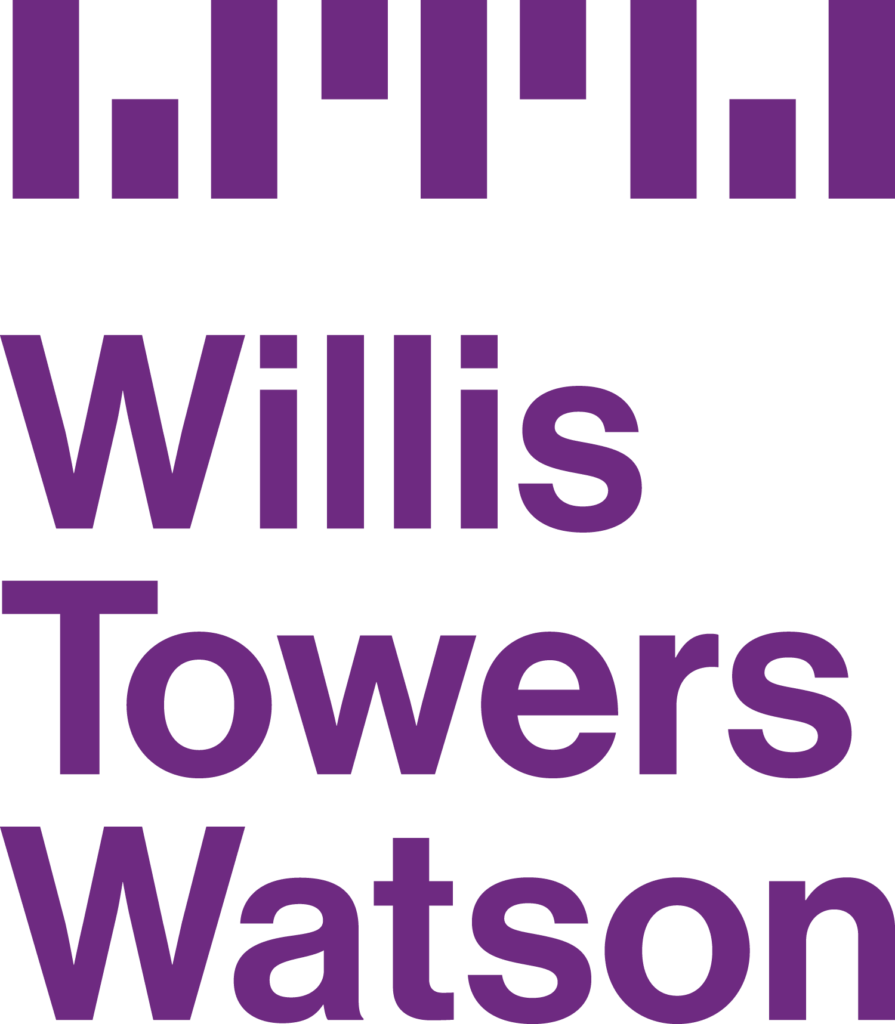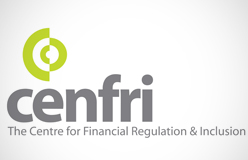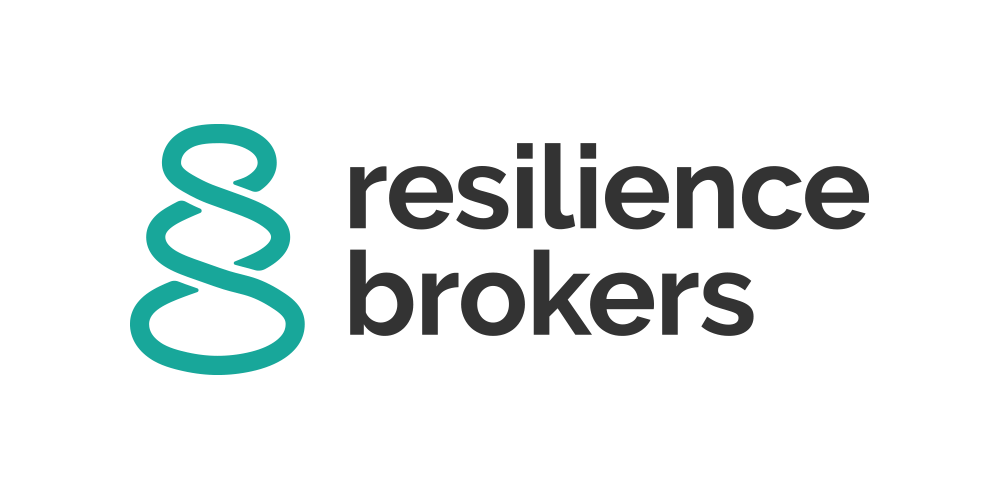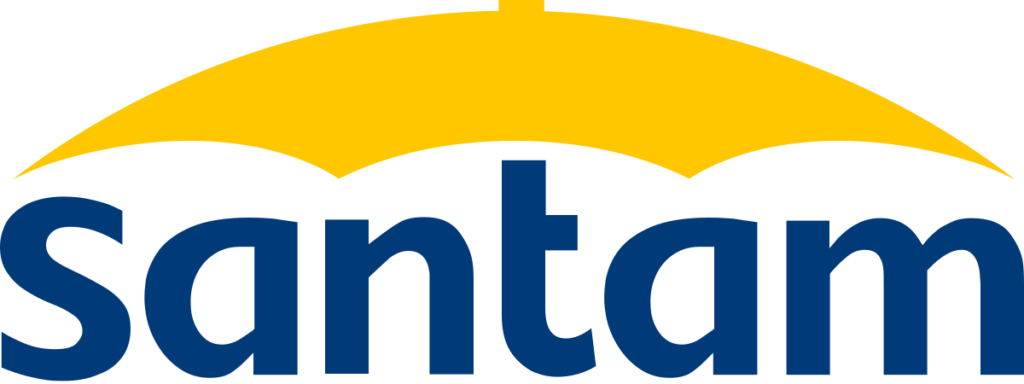- UN Environment Programme — A digital ecosystem for the environment?
- Arup — A purpose for the internet of things?
- Willis Towers Watson — How can market innovation help better quantify risk?
- Blue Ventures — Can we leverage data to protect ecosystems & reduce emissions?
- Cenfri — Could a data market improve data collection & deliver new insurance products in sub-Saharan Africa?
- AON — How can we reduce friction in licensing risk models and improve accuracy?
- Bird & Bird — How can we reduce friction in licensing risk models and improve accuracy?
- Solvere Infraestructuras – can frictionless data improve business efficiency?
- Open Climate Fix – How can we use machine learning and AI in climate solutions?
- Global Partnership for Sustainable Development Data — How can better data access help us achieve the Sustainable Development Goals?
- University of Cambridge Carbon Neutral Futures Initiative — How can we make the most of our research and artificial intelligence (AI)?
- University of Oxford, Smith School of Enterprise and the Environment — Can shared principles and practice for data enable cross-sector collaboration?
- HindlesWorld Risk Solutions — Can data standards improve climate and disaster risk reduction?
- Oasis LMF — Can improved access to environmental data enable greater use of better catastrophe models?
- Resilience Brokers — Can a data marketplace improve city systems?
- Santam — How can we better address the risks our customers are facing?
Join us

A digital ecosystem for the environment?
UN Environment Programme have highlighted that 68% of the 93 environmental SDG indicators cannot yet be measured due to lack of data. They have called for the creation of a digital ecosystem that will help us monitor our planetary health and enable us to make better decisions about how to improve it.
For this vision to become a reality, they have emphasised that public and private sector actors must come together to collaborate to build a global digital ecosystem for the planet. This must be based on shared principles and practice to enable rapid data sharing for real-time insights.
UN Environment Programme are working with Icebreaker One to enable a standards-based marketplace for environmental and financial data to create a digital ecosystem for the environment. This will enable them, and governments and companies around the world, to understand the impacts of our global investments and monitor against the SDGs, ensuring that the next $trillion invested in infrastructure is demonstrably carbon net-negative or carbon net-zero.
Join us

A purpose for the internet of things?
Arup is a global engineering and consultancy firm working on large-scale, innovative infrastructure projects. With the increasing importance of digital innovation, one element of this work involves designing infrastructure with embedded sensors, allowing infrastructure assets, such as bridges and buildings, to self-report their own health.
Arup is able to use the data from its sensors to monitor the condition of a piece of infrastructure, measure its health and assist in predicting any maintenance requirements – but this data could also provide valuable information to others too. If this data was more readily available, it could provide an individual region or country with information about how all of its bridges are performing; it could assist in ascertaining whether it’s safe to travel across a bridge in advance of a hurricane; or it could provide an aid agency with information to help understand weak infrastructure points prior to a hurricane’s landfall.
There is a global demand from those involved in the design of bridges to access this data, in order to learn from existing structures and help inform future designs, ensuring even greater levels of sustainability, strength and resilience. The reduction of friction will increase efficiency and profits, whilst helping to reduce costs and focus on innovation.
However, there is currently no way to share or access this data. There is no simple way to search for it, and, if found, there are no clear licensing conditions which allow fast, secure access. Currently, those looking for this information would be required to negotiate a point-to-point contract which can be a costly process taking several months. Arup sees the benefits in Icebreaker One’s vision to build a standards-based marketplace, allowing it and others to, safely and securely, under specific licensing conditions, share and access this data for both public and private good.
Join us

How can market innovation help better quantify environmental risk?
Willis Towers Watson (NASDAQ: WLTW) is a leading global advisory, broking and solutions company that helps clients around the world turn risk into a path for growth. It designs and delivers solutions that manage risk, optimize benefits, cultivate talent, and expands the power of capital to protect and strengthen institutions and individuals.
WTW is working with Icebreaker One to innovate, explore and identify new market opportunities, and to improve advisory service.
Join us

Can we leverage data to protect ecosystems & reduce emissions?
Mangroves – our blue forests – are among the most productive and valuable habitats on Earth. They sequester globally significant amounts of CO2 as blue carbon, underpin coastal fisheries, and protect coastal people from extreme weather. They are also a key natural natural climate solution, both capturing carbon and helping us withstand climate breakdown. But we are deforesting them faster than any other forest type because too often their economic value is unrecognised.
Over the last 15 years Blue Ventures has innovated ways to capture the value of mangrove carbon sequestration, as well as fish and timber production. These blue forests projects increase mangrove earnings and drive protection. While most coastal people can manage and protect mangrove forests, blue carbon project development is technical and expensive, putting it beyond most coastal actors and limiting its growth. An inefficient marketplace with high transaction costs greatly erodes what coastal people can earn from blue carbon.
More fundamentally, most mangrove managers don’t have the data they need to properly manage mangroves. Coastal planners don’t include the true economic value of mangroves in planning and the wider public is unaware of the true cost of destroying mangroves.
A large amount of site-specific data does already exist on mangroves, from fisheries and timber production to storm protection and carbon sequestration. Through their blue forest projects across the Indo-Pacific, Blue Ventures is continuing to build this data. By aggregating this and other blue forests data from across the tropics through Icebreaker One, together we will unlock its value in two ways:
- Giving mangrove forest protectors accessible but robust methods to measure emission reductions and monitor project performance. These methods will be made accurate and reliable by peer-to-peer verification and iteration as more data is added.
- Creating a public monitoring tool that shows what is happening to mangroves and what losses or gains are taking place. This will give coastal communities and stakeholders the information they need to fight for their forest rights, communicate the true value of mangrove forests and stop their needles destruction.
With a reliable and readily verifiable way to measure blue carbon capture and mangrove forest use, we will unlock greater value by pushing for a more efficient and transparent blue carbon marketplace. Blue carbon producers will be able to readily sell blue carbon in keeping with their performance and receive fair payment for it.
The first focus will be blue carbon, but they will also work to establish data driven tools for measuring other mangrove values, such as storm protection, fisheries production and water quality, and efficiently transacting these values on a transparent marketplace. As the initiative grows Blue Ventures will use data analytics to maximise the value of mangrove forests through data-driven decision making. For example, allowing managers to choose the most productive harvesting regimes and enabling accurate cost benefit analyses for planning.
Leveraging the power of mangrove data through Icebreaker One will help protect mangroves across the tropics and create new earning opportunities for poor coastal communities. It will reduce CO2 emissions and help coastal people to better endure extreme weather caused by climate breakdown.
Join us

Could a data market improve data collection & deliver new insurance products across Africa?
Cenfri is an independent, not-for-profit think-tank. As recognised thought leaders on matters relating to financial-sector development in emerging markets, they generate deep insights and solve complex development problems.
Cenfri supports financial inclusion and financial-sector development by facilitating better regulation and market provision of financial services. They do this by conducting research, providing advice and developing capacity-building programmes for regulators, donors, financial service providers (FSPs) and other parties that operate in the low-income market.
Based on Cenfri’s experience with the insurance sector, they have identified that working with Icebreaker One will improve data collection — that a market for data, particularly in emerging markets that typically have poor data, increases the incentive for firms to collect data. Firms with data are also likely to improve the quality of the data as better quality data will result in higher returns. An open market for data collection and access could increase competition amongst insurers who otherwise would not have access to that data. The data is necessary for insurers to price risks not currently covered in the areas where Cenfri works.
As a result, Cenfri are working with Icebreaker One to enable a standards-based marketplace for environmental and financial data, which will allow insurers on the African continent to create new products, and price risk more efficiently.
Join us

How can we reduce friction in licensing risk models and improve accuracy?
Aon Impact Forecasting is part of Aon Benfield, a global reinsurer. They provide Impact Forecasting models to other insurers and reinsurers in the industry. Currently, each sale is negotiated on a case-by-case basis, and can take up to 6 months. This makes the process lengthy and costly.
Aon is working with Icebreaker One because they’d like to see a standards-based marketplace for financial and environmental data. This will allow more potential customers to find and license the use of their models in a fraction of the time it takes today, improving the efficiency of business operations and increasing the reach of Aon’s Impact Forecasting. Furthermore, as more data in the shared data space becomes addressable and licensable, Aon will be able to make use of this data, as well as newly emergent data types. This will result in more accurate models, which can include new types of risk.
By working with Icebreaker One, Aon will be able to increase profits, reduce inefficiencies and risk, and allow innovation to flourish.
Join us

How can we define the legal frameworks for low-friction data sharing?
Bird & Bird is an international law firm with a focus on helping organisations being changed by technology and the digital world. It has over 1300 lawyers in 30 offices across Europe, the Middle East, Asia-Pacific and North America.
Bird & Bird are working with Icebreaker One to understand and define the legal frameworks for data sharing.
Join us

Can frictionless data improve business efficiency?
Solvere Infraestructuras is a Madrid-based engineering consultancy who provide technical advisory services to stakeholders in infrastructure projects. They have developed a methodology and tool to identify and manage critical vulnerabilities in infrastructure systems. Their clients are infrastructure operators, investors, lenders and insurers. Their solution derives its value from:
- the quality and breadth of relevant data about the infrastructure systems and their environment; and
- the grey matter behind the creation and development of the methodology and the tool (by Solvere).
Relevant data for Solvere Infraestructuras includes: spatial and thematic data on infrastructure: asset characteristics, condition, flows (traffic, water volumes, etc.) and public service performance indicators. Data about (inter)dependencies with other infrastructure systems. Data about environmental impact and management of mitigation measures. Data about infrastructure users. Data about regulations and contracts pertinent to the assets. Data about risk exposure and management.
The process of data identification, collection, validation and incorporation to the analytical framework is cumbersome, and consumes a good part of the project budget, because:
- Most of the data that should be openly accessible are not available on government’s websites, nor on those of private companies who own or operate these infrastructures.
- When available, the data repositories are cumbersome and the search engines unfriendly.
- Apart from difficult availability, the data are usually not up-to-date, and most of the time they lack relevance for strategic / planning level analysis.
- Many relevant records in the databases are empty or there are serious doubts about the reliability of the collection and input methods.
- The metrics and metadata were not developed with a systemic analytical framework in mind
- The clients’ data architecture is weak, heterogeneous and/or not standardised to allow for the incorporation of the flows of relevant information Solvere Infraestructuras produce
Solvere Infraestructuras are working with Icebreaker One to enable greater data accessibility through a standards-based marketplace for environmental and financial data because this will allow them to incorporate much more relevant information into their analytical processes, more rapidly and at less cost, with more reliable results. They will also be able to collaborate more with other experts and specialised organisations. This will mean they will be able to offer their services to more clients, and at lower costs, expanding their market share, and enabling Solvere Infraestructuras’ clients to improve the efficiency, effectiveness and reliability in their infrastructure planning, financing, insuring, development, operation and maintenance.
Solvere Infraestructuras also recognise the broader impacts would be to reduce the vulnerability of the infrastructure systems as a whole, optimising the life cycles of assets, and increasing the public service value of the infrastructure itself. Therefore, Solvere Infraestructuras would contribute to the creation of a more open and transparent infrastructure sector.
Join us

How can we use machine learning and AI in climate solutions?
Open Climate Fix is a new non-profit research and development lab, totally focused on reducing greenhouse gas emissions as rapidly as possible. Every part of the organisation is designed to maximise climate impact, such as our open and collaborative approach, our rapid prototyping, and our attention on finding scalable & practical solutions.
Open Climate Fix is working with Icebreaker One to enable the low-friction data flow needed to improve and develop machine learning for climate solutions.
Join us

How can better data access help us achieve the Sustainable Development Goals?
Global Partnership for Sustainable Development Data is a global network working together to ensure the new opportunities of the data revolution are used to achieve the Sustainable Development Goals.
Global Partnership for Sustainable Development Data are working with Icebreaker One for improved accessibility to data, including new types of data, which will enable us to make better demonstrably investment decisions and measure our progress against achieving the Sustainable Development Goals.
Join us

How can we make the most of our research and artificial intelligence (AI)?
Dr Emily Shuckburgh is Director of the University of Cambridge Carbon Neutral Futures Initiative and the UKRI Centre for Doctoral Training on the Application of AI to the study of Environmental Risks (AI4ER).
Emily and her department at the University of Cambridge are working with Icebreaker One to explore how we can make the most of the research assets and data we have available to fuel the future of research, AI and climate science. Various institutions across the University are active in relevant research from scientific, economic, technological and policy perspectives, and in engagement with business, finance, industry, NGOs and policymakers. The initiative aims to build on these successful activities to create a more integrated offering with even greater global impact.
Join us

Can shared principles and practice for data enable cross-sector collaboration?
Dr Ben Caldecott is the Founding Director of the Oxford Sustainable Finance Programme, which researches environment-related risks, impacts, and opportunities across sectors, geographies, and asset classes. They are examining how such factors are emerging and how they positively or negatives affect asset values; how they might be interrelated or correlated their materiality (in terms of scale, impact, timing, and likelihood); who will be affected; and what affected groups can do to pre-emptively manage risk.
This programme are focused on aligning the global financial system with sustainability, especially on data. A key concern is how to ensure standards are consistent, and the datasets are interoperable, as well as avoiding duplication of effort across sectors, but rather encouraging collaboration.
The University of Oxford and the Oxford Sustainable Finance Programme are working with Icebreaker One to collaborate across sectors and silos to create the shared principles and practice which will enable a standards-based data marketplace and enabling their future research.
Join us

Can data standards improve climate and disaster risk reduction?
HindlesWorld Risk Solutions work across catastrophe modelling, climate and disaster risk reduction, building resilience capacity and encouraging open data standards as well as managing restoration projects in the UK & France.
They are working with Icebreaker One to fix the “plumbing” (standards) that would enable stakeholders to more easily search, find and use data that will support a better understanding of risk. This will enable them, and other risk managers, to be in a better position to do their job: creating or enhancing tools to model hazards that in turn help build resilience and manage disaster risk.
Join us

Can improved access to environmental data enable greater use of better catastrophe models?
Oasis are an open-source modelling platform providing an ecosystem of models and software for developing, deploying and executing catastrophe models. They use a full simulation engine and makes no restrictions on the modelling approach.
Oasis are working with Icebreaker One for two reasons:
- Improved accessibility to environmental and financial data and standards that will enable Oasis and its collaborators to develop more models, for a wider spectrum of hazards, perils and regions
- A standards-based data marketplace for environmental and financial data based on preemptive licensing will enable those who are in need of catastrophe models to search for and license models rapidly
Join us

Can a data marketplace improve city systems?
Resilience Brokers are a brokerage for environmental solutions. Acting as brokers, they facilitate cross-sector partnerships, access to effective tools and a thriving environment for collaboration that will enable cities to deliver the best solutions to their region-specific challenges.
As a brokerage for environmental solutions, access to environmental data in a low-friction environment will allow them to model the improvements environmental solutions can produce for clients more accurately, increasing infrastructure productivity and reducing investment costs. This will allow them to their service to a larger number of clients, improve efficiencies in urban systems and expand their market share.

How can we better address the risks our customers are facing?
Santam is a South African-based insurer that operates across the African continent. It also has a reinsurance business, acting as one of Africa’s key reinsurers. As a general non-life insurer in the developing world, the company sees issues around climate risk, exposure and vulnerability as core business issues.
Santam are working with Icebreaker One because they’d like to see a standards-based marketplace for financial and environmental data. This would enable the creation of better risk models, particularly around flood data. Santam would like to see more data become addressable and licensable so that they can make better, more risk-informed decisions and work to address the risks they and their customers are facing.
Santam want to support their customers to come better with risk, also recognising that this is integral to their business operations. Santam also recognises that they have the opportunity to grow insurance in a sustainable way, and would like the leverage this opportunity. They emphasise that a unique feature of insurance in Africa is that there are a lack of risk models, which they’d like to see more of. To do this, however, there needs to be a reliable and easily addressable flow of data.
